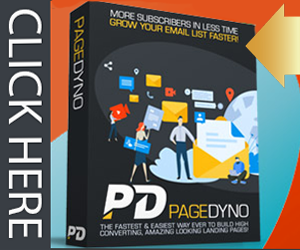Topic Clusters: Everything You Need to Know
Topic clusters help you to organize and present your blog content to the visitors. The clusters contain the topic and sub-topics of your blog for informing your audience what you have to offer them and secondly, to persuade the search engines.
SEMrush contributor Connor Lahey has published a step-by-step guide to help you understand and use topic clusters.
Lahey says, “Regardless of your organization’s industry, you can boost your digital media marketing efforts by delivering thoroughly thought-out content. In this next section, we’ll cover the steps you will need to create topic clusters.
Step 1: Decide On Your Core Topic
To begin, you should start by deciding on the core topic. Whether your business publishes blogs about health and well-being or computer software, you can use this strategy to create a curated topic plan. Whatever topic you choose, they should fit into topics that are core to your business. In doing so, you showcase the value that your business can provide to potential clients.
This step is essential, as it will be used to create your pillar page. From there, the content can be broken down into subtopics, which form your topic cluster pages. For example, if your business provides student loans, you might consider a pillar page that discusses the need for student loans and other options for paying for higher education. Your cluster pages should then break down into the fine details of student loan options that your business provides”.
Comments are closed.




